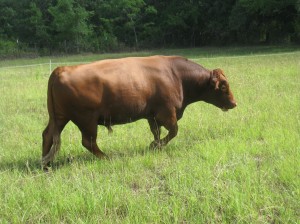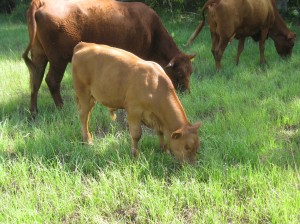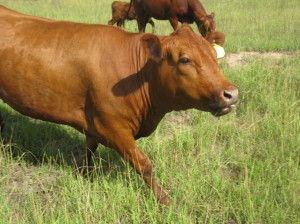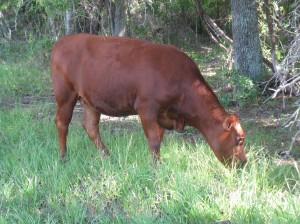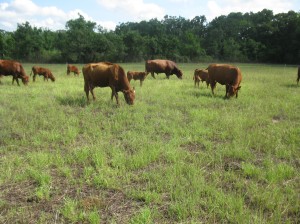 We’ve been greatly blessed with rain this week. After a dry spring in which we received less rain than typical, our pasture grass was beginning to suffer and with it the cattle. We use portable electric fencing to limit where the cattle graze. This prevents them from trampling a lot of uneaten grass and from continually going back to eat their favorite grass down to the ground. So we still had pasture grass for them to graze, but it was drying and brown. The cattle were ready for some better tasting pasture.
We’ve been greatly blessed with rain this week. After a dry spring in which we received less rain than typical, our pasture grass was beginning to suffer and with it the cattle. We use portable electric fencing to limit where the cattle graze. This prevents them from trampling a lot of uneaten grass and from continually going back to eat their favorite grass down to the ground. So we still had pasture grass for them to graze, but it was drying and brown. The cattle were ready for some better tasting pasture.
These photos were taken just after turning them into a new ungrazed part of the pasture. After three rainy days, the grass has turned green and put on tender new growth. Just below on the left is our current herd bull – “Junior”. He’s 4 years old and has been on the farm for about a year. In the photo on the right, in the foreground is the first calf born this year. He’s the bull calf whose birthing and first minutes are shown in an earlier post. He’s only 3 months old and is growing very quickly and is solid muscle. I also like his very light brown coloring. We may keep him to use as the primary herd bull, replacing Junior, in a couple years. Just don’t tell Junior yet!
Below, the cow on the left is also 4 years old. She’s a pure bred South Poll, known as an excellent breed of grassfed cattle. A recent addition to our farm, she had a calf 2 years ago and failed to calve last year when artificial insemination didn’t work. We took a chance and bought her a couple months ago, hoping she will breed with Junior this year. On the right is the first calf born on our farm – now 2 years old and expected to calve in November. She’s a cross between South Poll and Devon, as are most of the cattle on the farm. The Devon are the original breed brought to the new world by the first English settlers. So they are well adapted to living entirely on grass with no grain. They’re also very gentle and generally very healthy, like the South Poll, requiring no vaccines or antibiotics to thrive.

